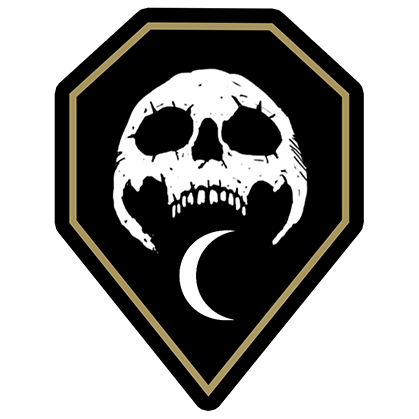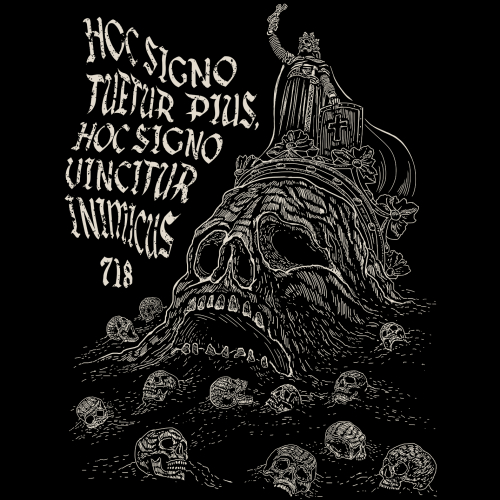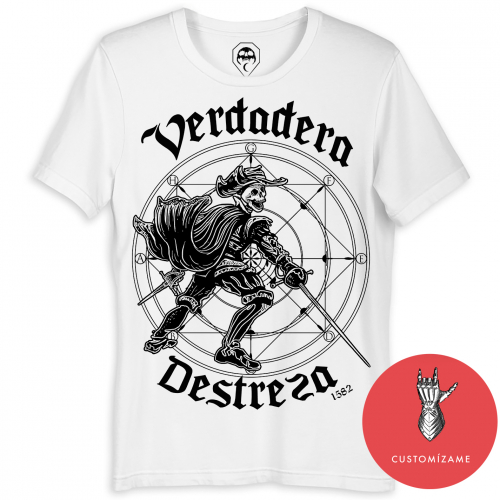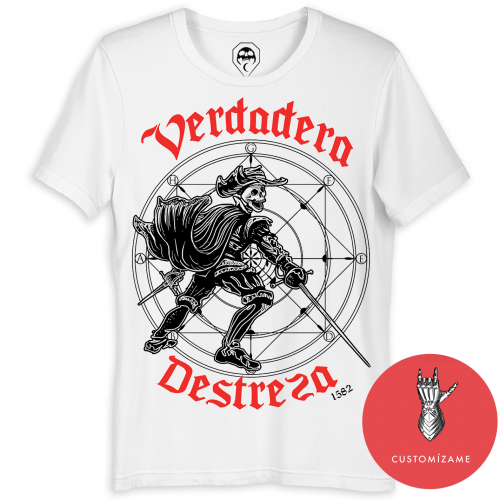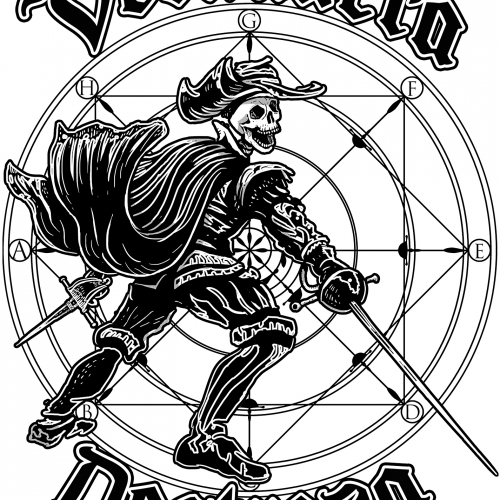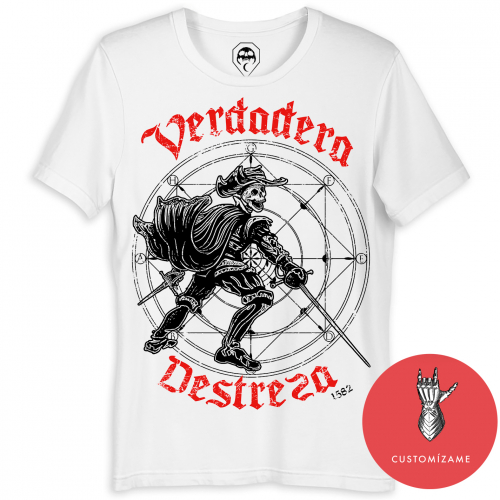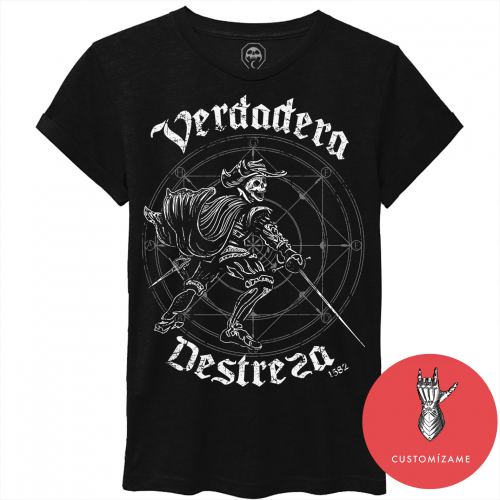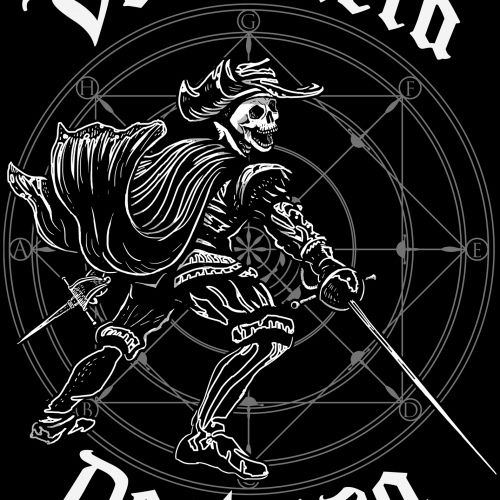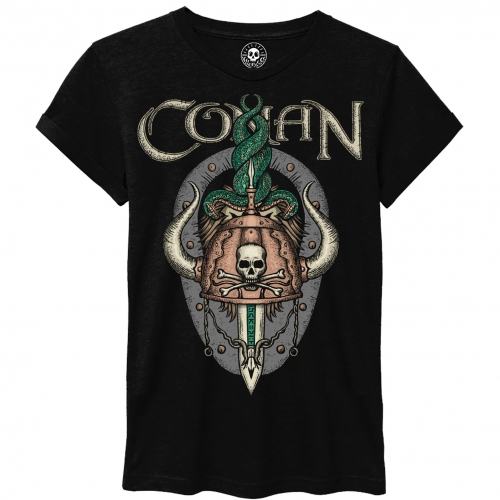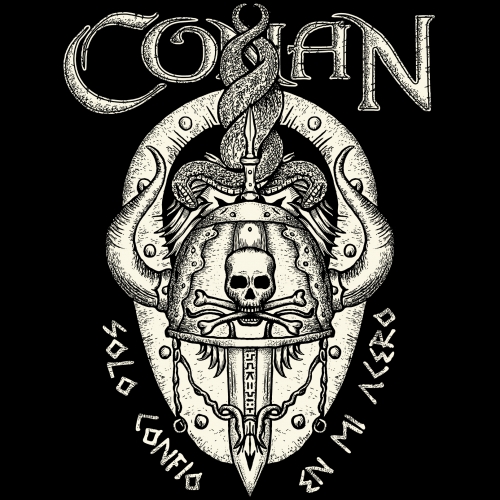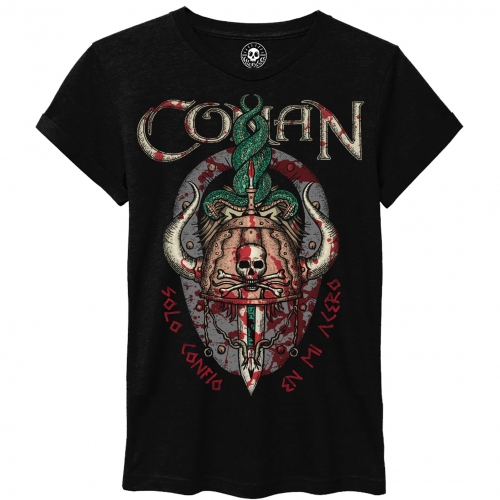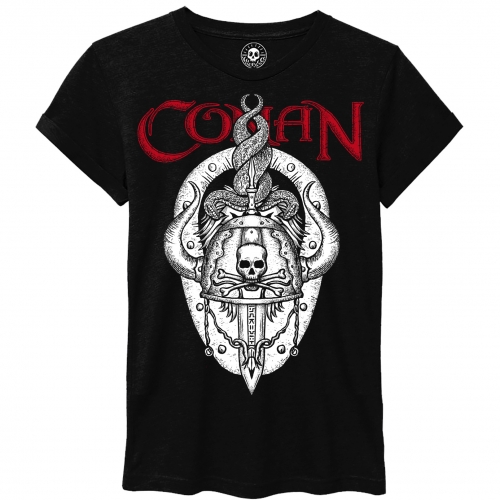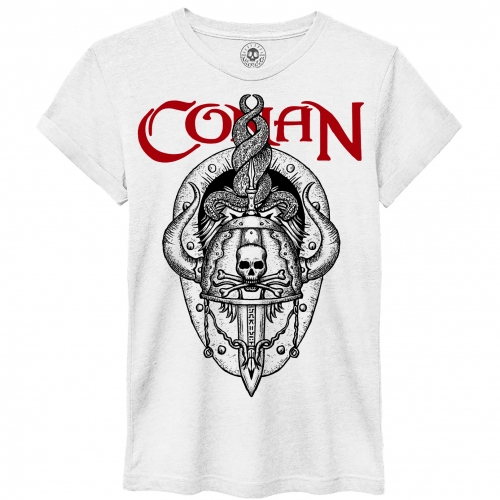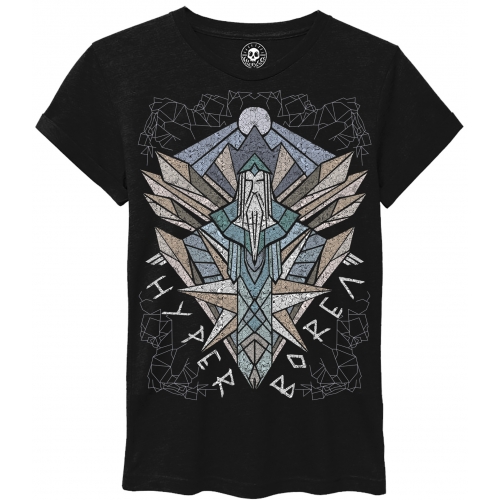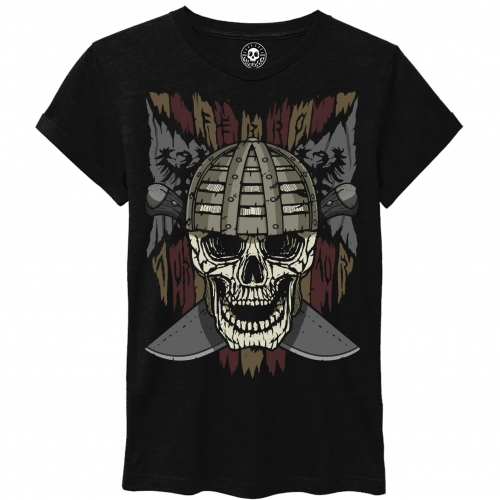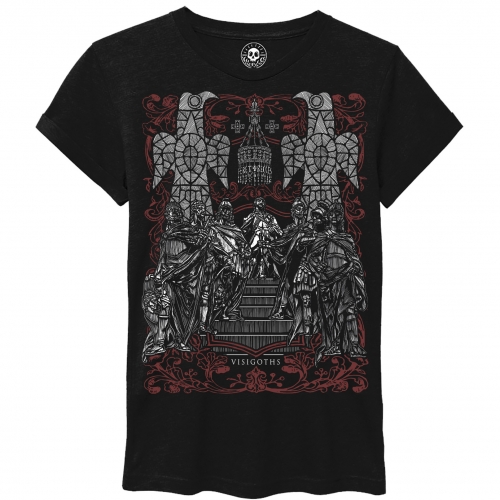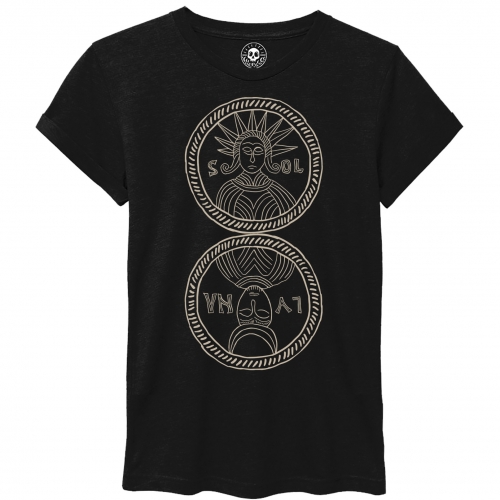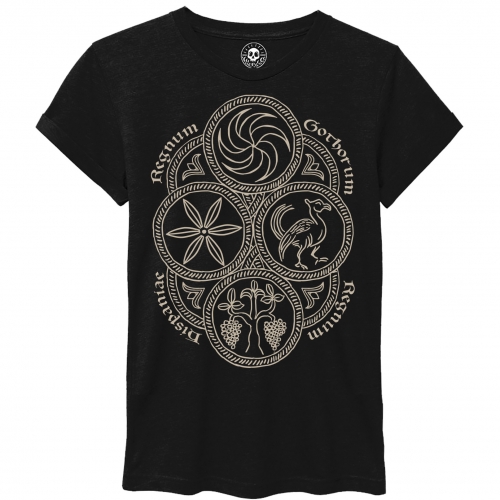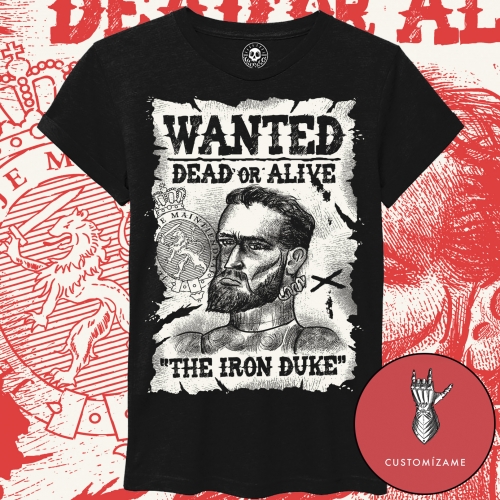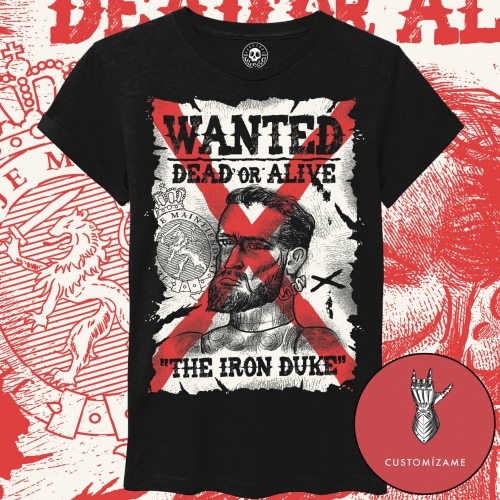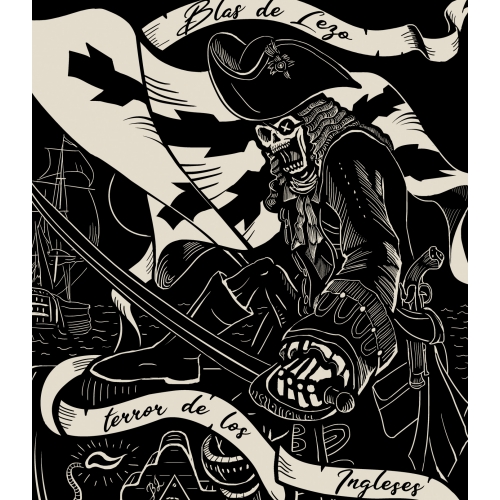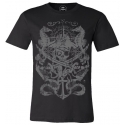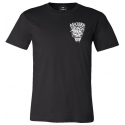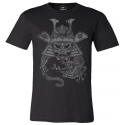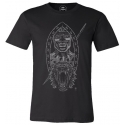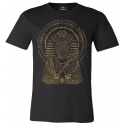Bringing in the work of Robert E. Howard was almost a must here at Culters. Heroic Fantasy and Conan has accompanied us since we were children, at home we devoured, in addition to the adult comics of Totem and Cimoc, the super conan and their wild sword. The cimero barbarian, that rogue-air hero who took on Lovecraftian creatures, demonic armies and sorcerers, had us completely overshadowed. Today we are especially interested in how much of ancient cultures there is built in all that Hyborio universe - which emerged after the sinking of Atlantis - of his stories. Serve this "Conan in heroic times. The Era of Hiboria" as a tribute and reminiscence of all that.
Landscapes of shady lands, winds from the north, peaks and hills surrounded by lush forests populated by tribes and warriors fighting in neighboring countries that take us to a lost era before the Neolithic. In those places we see European barbarians similar to the Celts, Goths, Vikings, Vandals, Cossacks, Tatars ... Druids, mercenaries, invaders, thieves, pirates, sailors, adventurers, savages, kings, civilizations, regions, mountains, jungle and desert, distant places and mythical, mysticism and Nordic beliefs, medieval culture ...
We find a perfectly recognizable cosmos, from north to south, from the West to the Far East, emerged after the decline of the precataclysmic civilizations - dominated by the kingdoms of Kamelia, Valusia, Verulia, Grondar, Thule and Commoria -, after wars, migrations and crossbreeds. Different places populated by the most varied races of the Hyboria era. Here are some interpretations:
Zingara —located on the Iberian peninsula, land of knighthood, chivalry, nobility and conspiracies, you travel through Celtiberian Spain but also Imperial Spain in other passages—, Vanaheim —Nordic town with red hair whose name comes from the Scandinavian god Vanir—, Asgard —Norse inhabitants with blond hair whose name comes from the Scandinavian god Aesir—, Nordheim —constituted by Vanaheim and Asgard, is a snow-covered Norse territory inhabited by peoples similar to Germans and Vikings—, Hyperborea —whose name evokes the mythical land of mythology. Greek, inhabitants of Norse culture that shows similarities with the Finns, Varangians and Russians—, Cimmeria —the land of Conan, the Cimmerians are the ancestors of the Celts, Gauls and Scythians—, Aquilonia —one of the most powerful, cultural and militarily, led by Conan, located perhaps in France, Great Britain or Italy - Argos and Nemedia - along with Aquilonia arose after the collapse of the Acheron Empire by the invasions barbarian ions (similarity to the Roman Empire) -, the Pictish lands - the tattooed Pictish inhabitants of northern Britain, with similarities to Native Americans versus European settlers or perhaps indigenous peoples versus Roman invasions of Britani -, Brithunia - similar to Roman Britain—, the Empire of Acheron —whose name was brought from the Greek mythology of Acheron, one of the rivers of Hades—, Zamora —browned and dark-eyed, semi-made people who recall the inhabitants of Ancient Palestine. , an exotic town of dances and initiation rites—, Stygia —a territory whose inhabitants are versed in magic and secret arcana, worshipers of Set, the Egyptian god—, Shem —Semitic references, resembling Arabia, Palestine, the Middle East, deserts with nomads and city-states, people from whom Phoenicians, Hebrews, Assyrians, Canaanites ... descended, protectorate of Styigia, like Palestine with respect to Egypt, Khitai - think of traditional China - Yamatai - a fantastic and stereotypical Japan—, Ophir —a desert kingdom similar to Arabic, a reference to the biblical region Ofir, perhaps referring to Africa or India, famous for its gold—, Black Kingdoms —primitive African natives—, Corinthia —populated by navigators and philosopher, similar to the land of the ancient Greeks—…
